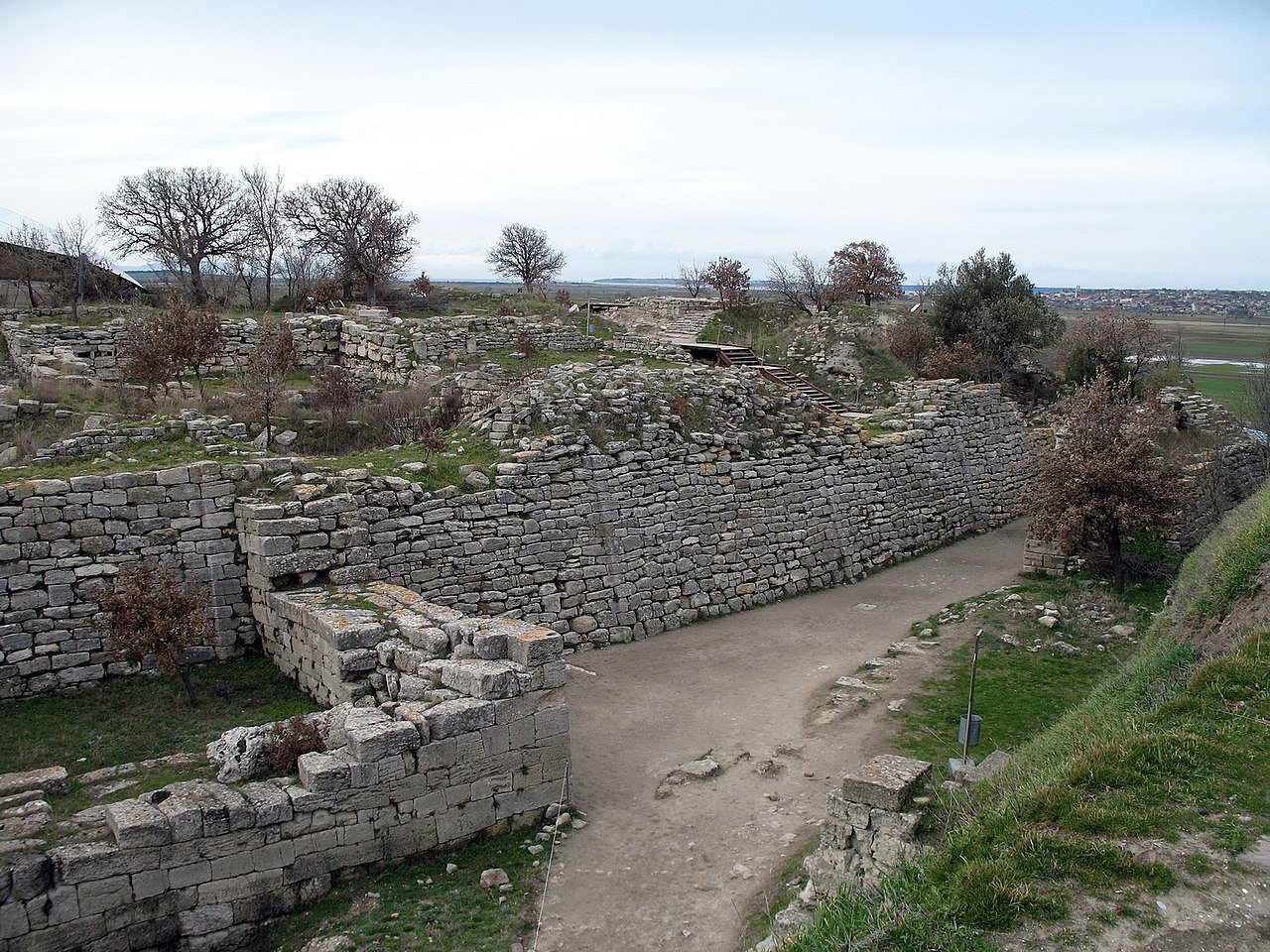

The ancient city of Troy is most famous for its crucial role in the Trojan War. However, even aside from that famous event, there is something fascinating and mysterious about this ancient city. Modern excavations have revealed that there is a massive system of tunnels underneath the city of Troy.
Archaeologists have been excavating Hisarlik, identified as the site of ancient Troy, for over 150 years. However, the city continues to reveal new and exciting information. In the 1980s, archaeologist Manfred Korfmann began a new series of excavations.
One of Korfmann’s most important discoveries was the existence of the so-called Lower City of Troy. This was a vast area south of the main citadel which was also inhabited. The entire Lower City and Citadel together were surrounded by a defensive ditch.
Between 1997 and 2001, Korfmann found and investigated a system of tunnels under the city of Troy. He found the so-called Water Cave of Wilusa (‘Wilusa’ being the ancient Hittite name for Troy, cognate with the Greek ‘Ilios’). This cave has a small entrance in the southwest portion of the Lower City.
This Water Cave of Wilusa leads down into a large system of artificial tunnels that spreads across the Lower City of Troy. There are four shafts leading up to the surface in different locations along the tunnel system. The fourth shaft, which is the tallest, is an impressive 17 meters tall.
These shafts collected rain, thus feeding the system of tunnels with water. It is thought that there might also have been an underground source of water that contributed to the supply.
This system of tunnels involves one main tunnel and at least two distinct arms. In all, the tunnels are about 160 meters long, thus covering a huge portion of the ancient city of Troy.
When Korfmann first found and investigated these tunnels, there was clear evidence of Roman presence in the form of pipes. Did this mean that it was the Romans who had carved out these artificial tunnels underneath Troy?
With further investigation, Korfmann was able to establish that the tunnels actually date back to thousands of years before the Roman city. In fact, archaeologists have dated them to 2600 BCE, meaning that they were already very old by the time of the Trojan War.
What was the purpose of these tunnels? The obvious answer is that they were created to provide Troy with a reliable supply of water in the event of a siege. In peacetime, this may not have been important, since the Scamander and Simoeis rivers were nearby.
However, during a war, it would have been much more difficult to gain access to those nearby rivers. Hence, having a supply of water flowing underneath the city would have afforded the Trojans an excellent advantage against anyone hoping to wear them down through a siege.
These archaeological discoveries do more than just reveal what life was like in this ancient city. These tunnels also provide further evidence that Hisarlik really is the site of Troy. How so?
As noted earlier, Wilusa is the ancient Hittite name for Troy, being cognate with ‘Ilios’ in Greek. An ancient Hittite letter concerning a treaty between the Hittite king Muwatalli II and King Alaksandu of Wilusa provides an interesting detail about the city of Wilusa, or Troy.
Part of the treaty involved calling on the gods of both parties. On the side of Wilusa, or Troy, only a few gods are mentioned. One of them is the Storm god of the army. Another is Apaliuna, which appears to be an ancient version of the god Apollo.
Lastly, there is a deity referred to as the “Underground Watercourse of the land of Wilusa”. This deity would appear to be a personified version of some physical feature of the city, much like how the god Scamander in Greek mythology was a personification of the river of that name.
According to one modern authority:
“Deified water-courses occur occasionally in Hittite texts, though it is rare for them to be qualified as belonging to a specific city.”
This supports the conclusion that Wilusa, or Troy, really did have some kind of underground watercourse, this being personified and worshipped as a god by the Trojans. Therefore the discovery of the tunnels underneath Hisarlik and the reference to the Underground Watercourse at Wilusa together provide strong evidence that this really was the ancient city of Troy.
